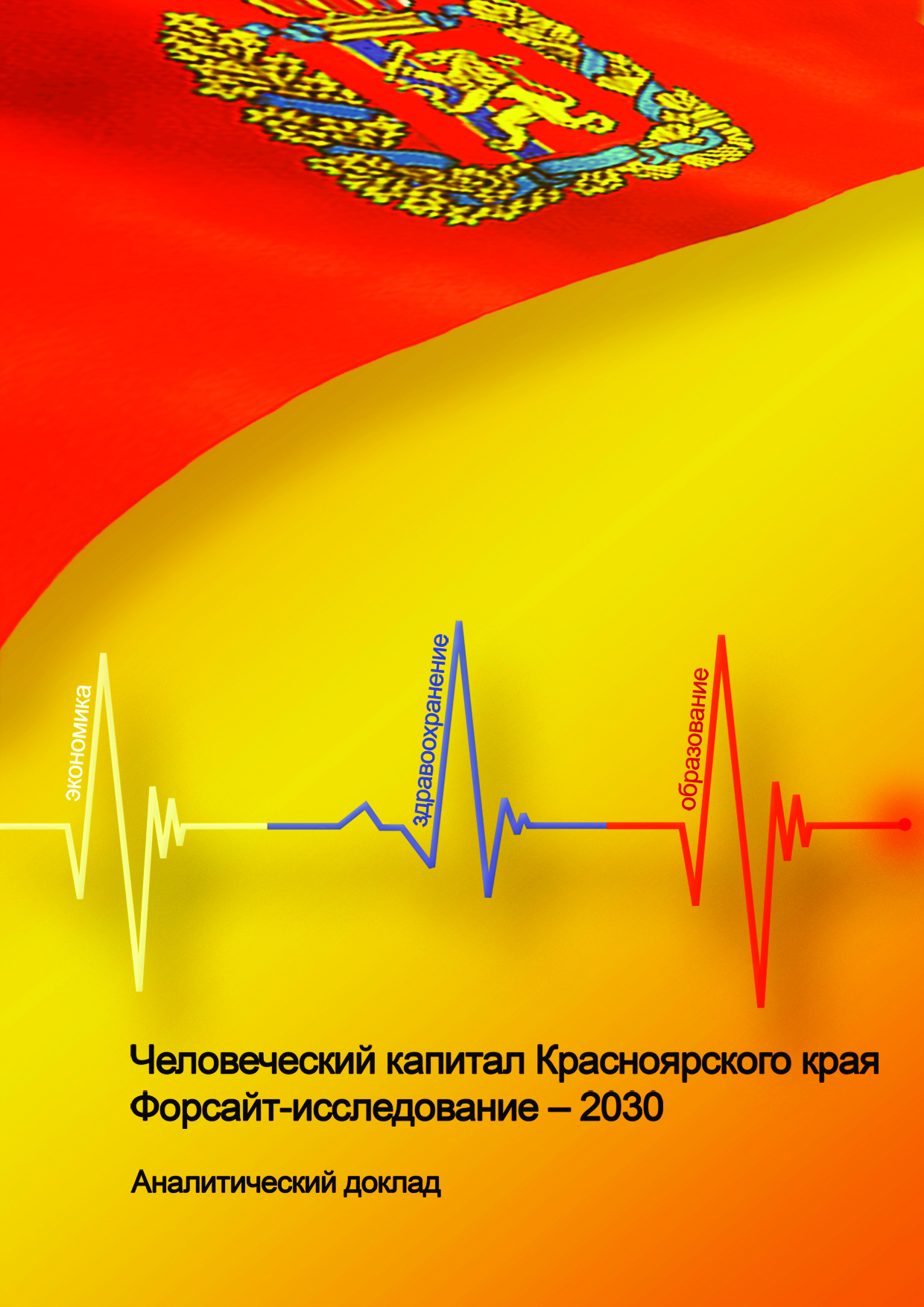Digital technology in higher education: situation analysis and prospects assessment (on the example of Krasnoyarsk krai)
Currently, one of the key processes in the higher education is the "transition to a digital platform", i.e. the development and adoption of digital technologies, solutions and products in the educational process. In the future, several clusters of digital technology in the higher education will be deployed on the basis of data analytics, digital models, artificial intelligence, augmented and virtual reality, and the blockchain.
The study addresses the following objectives: 1) development of a structured "map" of digital technology for higher education; 2) assessment of the extent of development and use of digital technologies in the higher education sphere at present (in developed countries and in a separate region of the Russian Federation - Krasnoyarsk Krai); 3) assessment of the prospects for the development and adoption of digital technologies by 2035 (in developed countries and in Krasnoyarsk Krai).
The following research methods were used: 1) a conceptual analysis of scientific publications, forecasts, foresight-studies and analytical reports; 2) expert interviews, 3) a questionnaire based survey (32 experts - researchers, professors, representatives of government and consulting companies).
The following core groups of digital technologies are designated: 1) digital solutions for defining the personal goals of education, educational navigation, building a project for an individual educational trajectory; 2) adaptive educational environment for the implementation of an individual educational trajectory; 3) digital solutions for learning activities support; monitoring the results of education; solutions for educational logistics; 4) digital solutions for assessment and certification (personal identification and competency assessment); 5) digital solutions for career support and lifelong education; 6) digital solutions for building and supporting university communities (including teachers, students, graduates, university partners); 7) digital solutions for monitoring and modeling the dynamics of competences at the population level. Each group includes 3-12 technologies, so it is possible to build a detailed "map" ofdigital technologies for higher education sphere.
According to the experts, most of the major groups of digital technologies for education are currently (2018) in the stage of "working prototypes and pilot products" and "locally used products" (in the developed countries of the world). The exceptions are "digital solutions for monitoring and modeling the dynamics of competencies at the population level," which are still at the "research and development" stage. By 2030, all technologies of major groups will reach the stage of "mass market products" and "local market products".
The structure of assessments of the digital technology application in the present and prospects for adoption by 2030 for Krasnoyarsk Krai is generally similar to the structure of assessments for developed countries of the world, but the magnitudes of the estimates are much smaller. The result reflects the "catching up" nature of the development of digital technology in the education sphere in the region. The basic strategy of digitalization of higher education in the region will be the transfer of ready-made solutions that have already found wide application in the developed countries of the world.
Keywords: Higher education, digital technology, Krasnoyarsk Krai.
Доклады:
• Экосистема науки, образования и инноваций Красноярского края: идея, перспективы, проекты
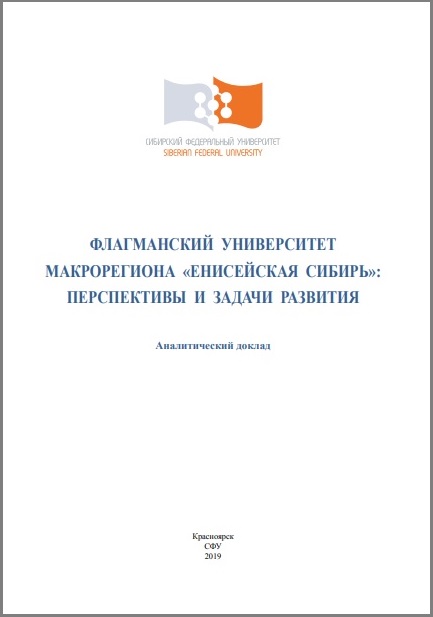
• Флагманский университет макрорегиона «Енисейская Сибирь»: перспективы и задачи развития

• Город – идея и практика

• Становление университетов-лидеров: мировая практика и российская перспектива: аналитический доклад
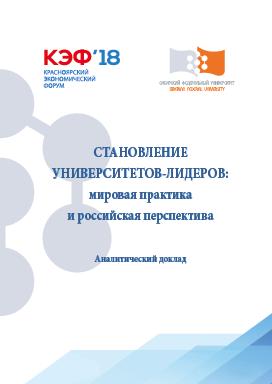
• Россия – Сибирь 2050: глобальные тренды и «окна возможностей»: аналитический доклад
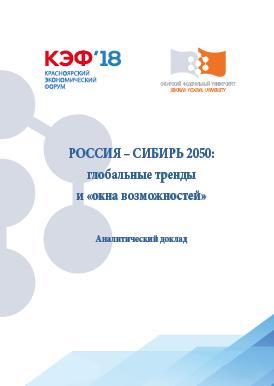
• Сибирь и Дальний Восток в XXI веке: сценарные варианты будущего: аналитический доклад
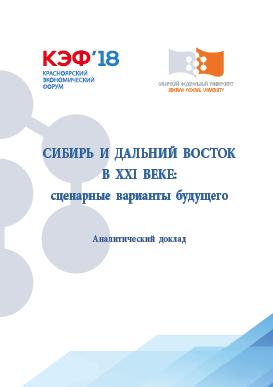
• Siberia and the Far East in XXI Century: Problems and Perspectives of Development: Analytical Report
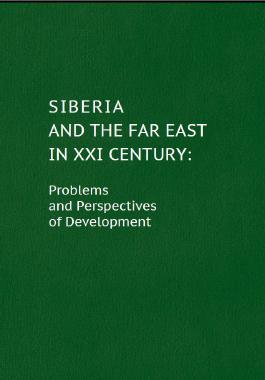
• Сибирь и Дальний Восток в XXI веке: проблемы и перспективы развития

• Возможные миры или создание практики творческого мышления

• Будущее Республики Саха (Якутия)
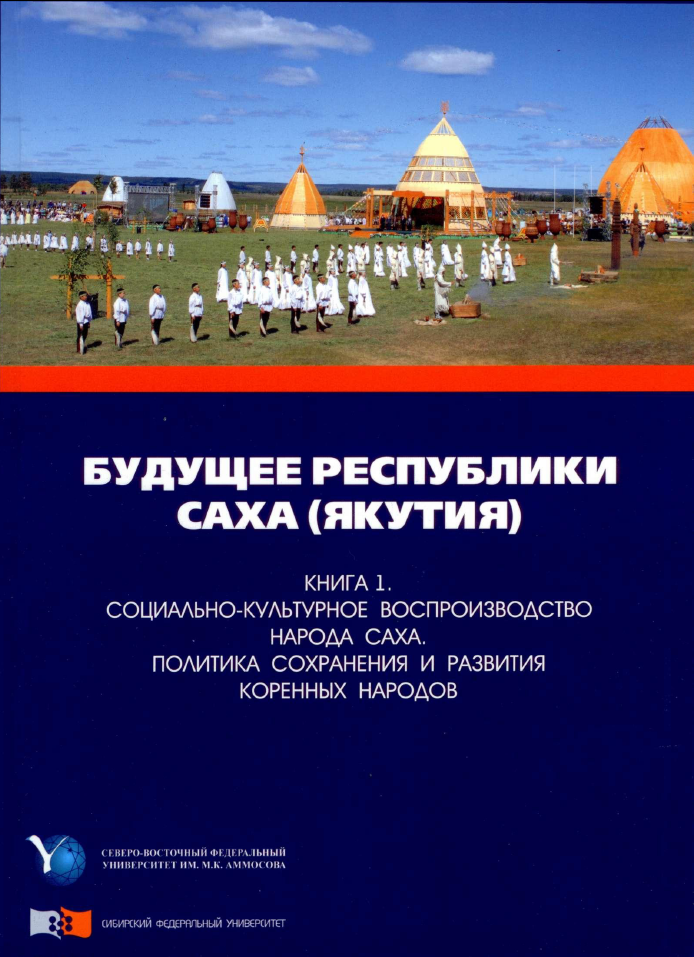
• Республика Саха (Якутия) – 2050. Форсайт-исследование
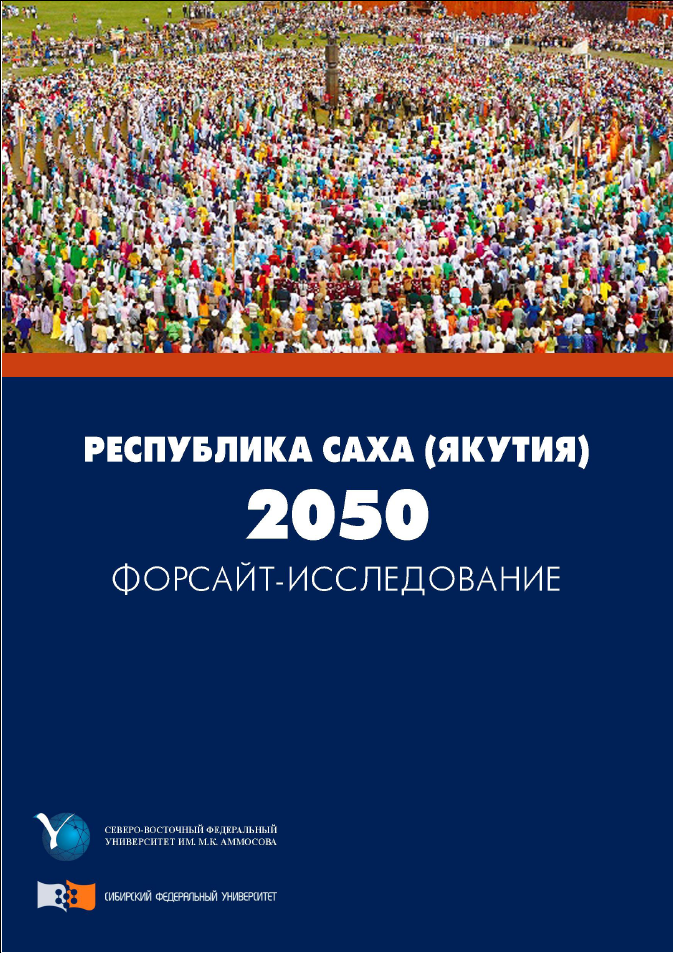
• Россия: Восточный вектор
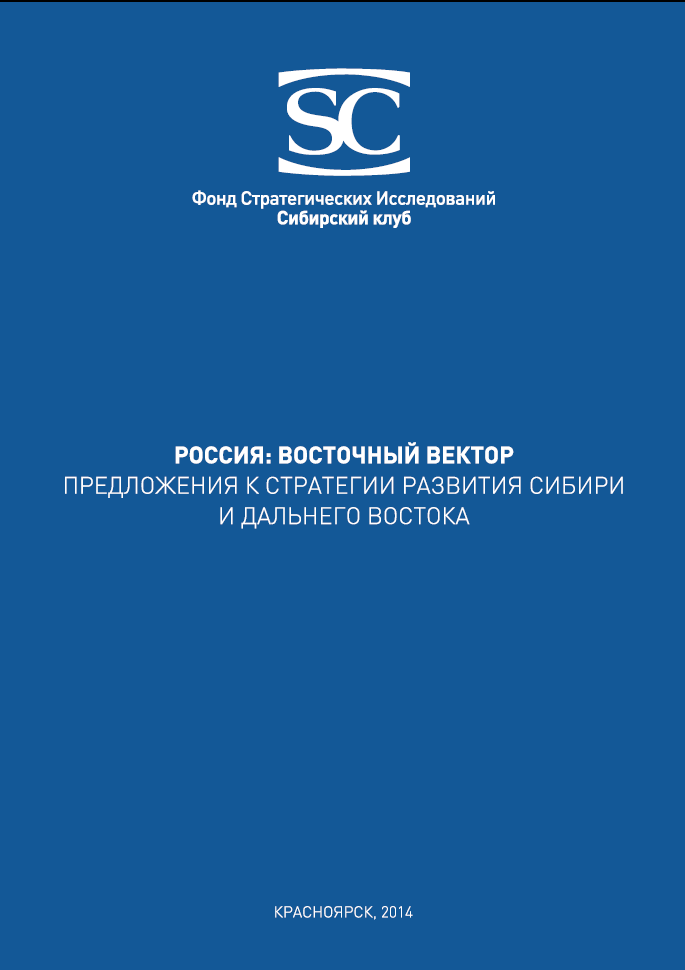
• Макрорегион Сибирь: проблемы и перспективы развития
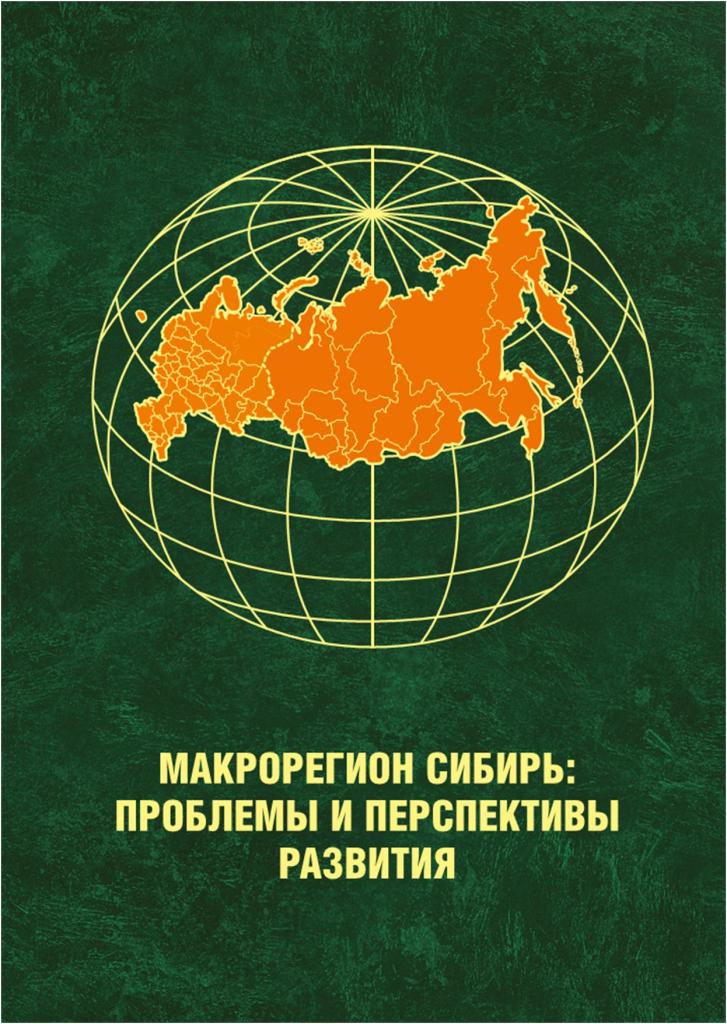
• Красноярск Foresight: образы будущего 2030
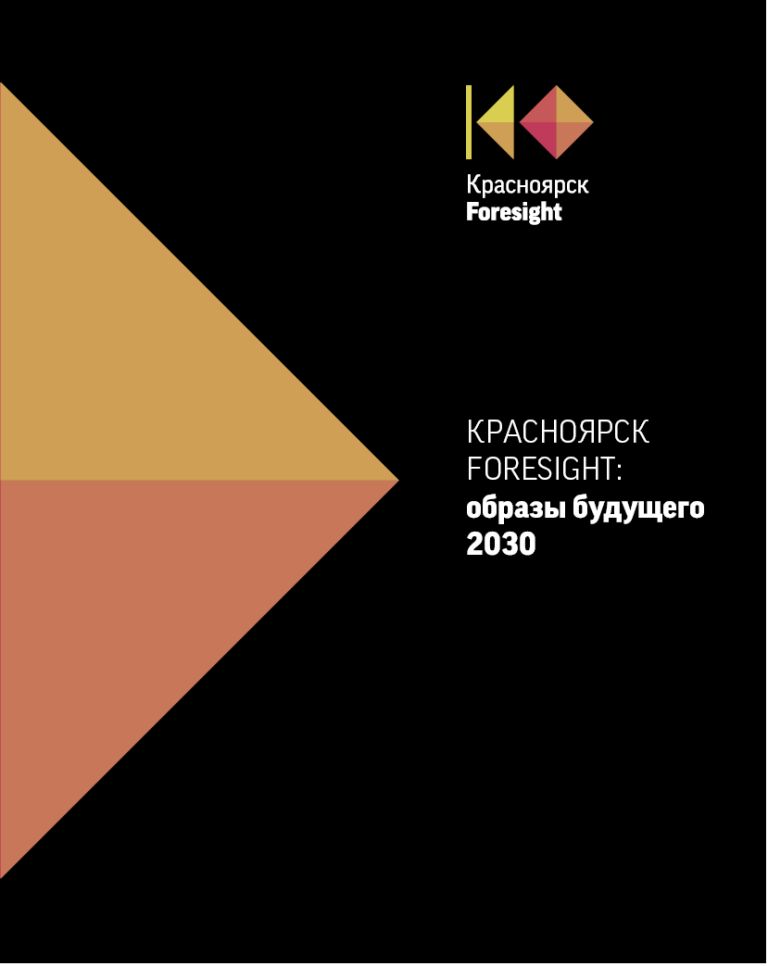
• Будущее высшей школы в России: экспертный взгляд

• Форсайт Республики Саха (Якутия) – 2050

• Судьба континента Сибирь: проблемы развития
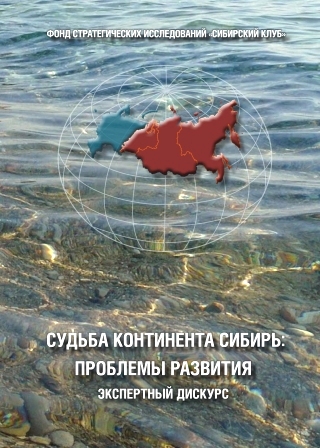
• Человеческий капитал Красноярского края: Форсайт-исследование – 2030
